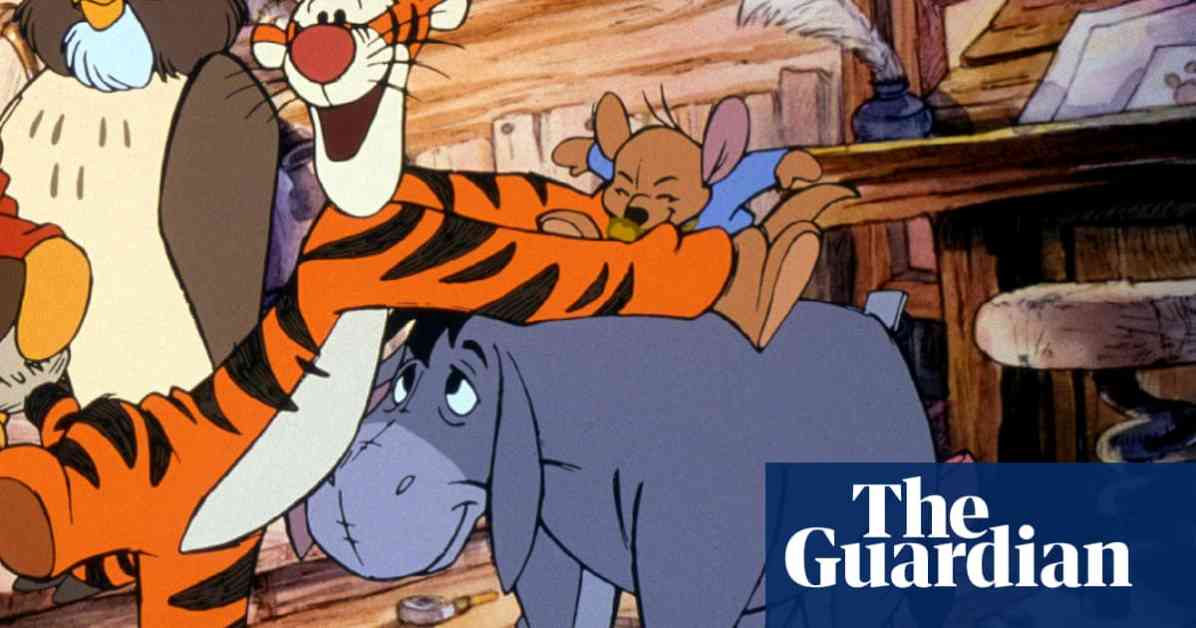Donkeys, long portrayed as stubborn or comedic characters on the big screen, are now getting a chance to shine in a new university film course aimed at rehabilitating their reputation. The film studies module at the University of Exeter, launched this term in collaboration with a donkey sanctuary, delves into how these animals have been misrepresented in media and popular culture, shaping public perceptions. Led by Dr. Benedict Morrison, a senior lecturer in Exeter’s department of communications, drama, and film, the course aims to challenge stereotypes and highlight the unique personality of individual donkeys.
Challenging Misconceptions Through Film
Dr. Morrison emphasizes that donkeys have often been stripped of their true essence, reduced to simplistic symbols like stubbornness or stupidity in stories and films. By exploring how these creatures are depicted in fables, fairytales, religious narratives, and documentaries, students are encouraged to create video essays based on their interactions with the donkeys at the sanctuary. Dr. Faith Burden, deputy chief executive of the sanctuary, points out that negative portrayals of donkeys trace back to ancient stories like Aesop’s Fables, perpetuating misconceptions that donkeys are melancholic or unintelligent.
Throughout history, characters like Eeyore from Winnie-the-Pooh or Bottom from A Midsummer Night’s Dream have reinforced these stereotypes. Dr. Fiona Handyside, co-lead of the module, draws inspiration from recent films like EO and The Banshees of Inisherin, which offer more nuanced and realistic portrayals of donkeys. She questions why actors like Colin Farrell, who paid tribute to his donkey co-star at an awards show, are often met with amusement rather than appreciation for their animal counterparts.
Exploring Inter-Species Relationships
The film course aims to shift perspectives on human-donkey relationships and the interconnectedness of beings within our environment. By bringing students face-to-face with the donkeys at the sanctuary, the module challenges them to see these animals as thinking, feeling creatures with unique personalities. Dr. Handyside recounts poignant moments where students interacted with the donkeys, realizing the depth of emotional connection and companionship these animals are capable of forming.
The visit to the donkey sanctuary prompted profound questions about ethics, sensory experiences, and the possibilities of engaging with animals beyond a human-centric viewpoint. Dr. Morrison stresses that the module, though unconventional, is grounded in rigorous academic engagement, drawing on philosophy, theory, and behavioral training to deepen students’ understanding of interspecies relationships. Despite potential for ridicule, the course offers a transformative opportunity for students to explore a new way of thinking about animals and their place in the world.
As students continue their journey through the film course, they are challenged to critically examine their own perceptions and biases, fostering a deeper appreciation for the intelligence, emotion, and individuality of donkeys. The partnership between academia and the sanctuary serves as a beacon of hope for reshaping public attitudes towards these often misunderstood creatures, one film at a time.

